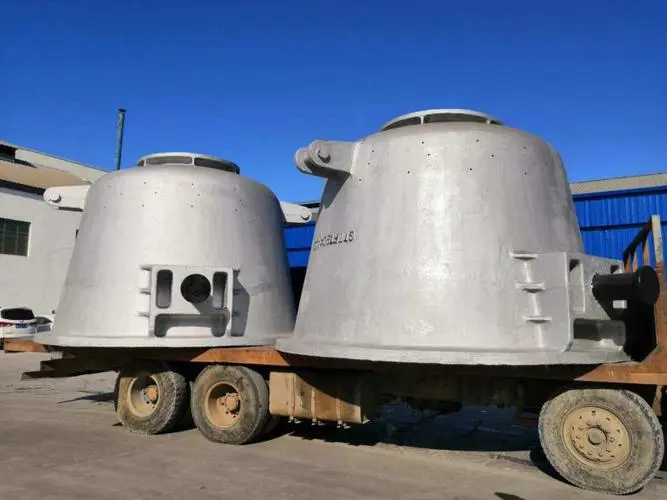Phone
+86 13390692151
Casting slag pot is a complex process, which involves multiple links such as design, mold making, material preparation, smelting, pouring, cooling and solidification, demoulding and cleaning.
The design phase is the starting point for making the casting slag pot. At this stage, the shape, size and structure of the slag tank need to be designed according to usage needs and engineering requirements. During the design process, factors such as the temperature resistance, mechanical strength, thermal stability, and service life of the slag tank need to be fully considered. In order to ensure the rationality and feasibility of the design, structural analysis and strength verification are also required to ensure that the slag tank can withstand various stresses and loads during use.
Next is the mold making process. According to the design drawings, use refractory materials to make casting molds. The accuracy of the mold directly affects the dimensional accuracy and appearance quality of the final slag tank. Therefore, the size and shape of the mold need to be strictly controlled during the production process to ensure that it is consistent with the design drawings. At the same time, necessary pretreatment of the mold, such as grinding, cleaning, etc., is also required to improve its service life and casting quality.

Material preparation is one of the key aspects of making a casting slag pot. It is necessary to select cast steel materials that meet the standards and perform necessary pretreatment, such as removing impurities and adjusting chemical composition. This ensures that the quality of the castings is stable and reliable and meets the usage requirements. At the same time, other auxiliary materials, such as molding sand, paint, etc., need to be prepared for subsequent processes.
Smelting and pouring are the core aspects of casting slag pots. Cast steel materials are melted in a smelting furnace, and the melting temperature and chemical composition are strictly controlled to obtain high-quality melt. The melt is then poured into the mold, filling the mold cavity. During the pouring process, the pouring speed and temperature need to be controlled to ensure that the melt can fully fill the mold cavity and avoid defects such as pores and shrinkage cavities.
After pouring is completed, it enters the cooling and solidification stage. During this stage, the slag pot gradually cools and solidifies in the mold. In order to control the cooling speed and temperature gradient, appropriate cooling measures need to be taken, such as using cooling water or cooling fans. At the same time, care must be taken to avoid internal stress and deformation to ensure the quality of the slag tank is stable and reliable.
When the slag tank is completely solidified, demoulding and cleaning can be carried out. First, remove the slag pot from the mold. Then, clean the slag tank to remove excess casting burrs and impurities. This process requires careful operation to avoid damage to the slag tank.

Finally, the casting slag pot is inspected for quality. Check whether the surface quality, dimensional accuracy and structural integrity of the slag tank meet the requirements. If defective or substandard products are found, they need to be repaired or eliminated in a timely manner.
Through the above steps, the manufacturing process of the casting slag tank can be completed. It should be noted that during the entire production process, the process parameters and quality requirements of each link need to be strictly controlled to ensure that the quality and performance of the final product meet the design requirements. At the same time, it is also necessary to pay attention to production safety and environmental protection to ensure the smooth progress and sustainable development of the production process.
+86 13390692151
sale@kfqizhongji.com
Copyright © 2025 KUNFENG Slag Pot | Powered by KUNFENG Heavy Industry (Suzhou) Co., Ltd.

What'sApp:+86 13390692151
